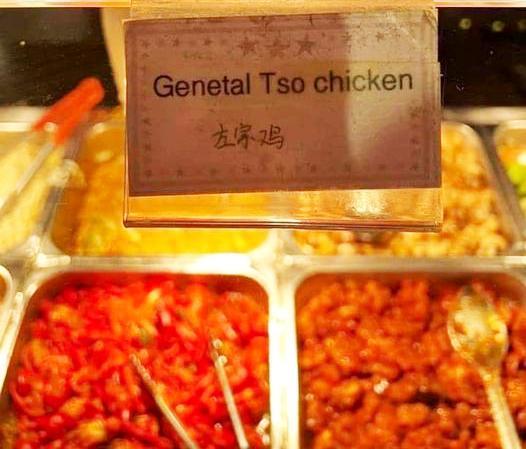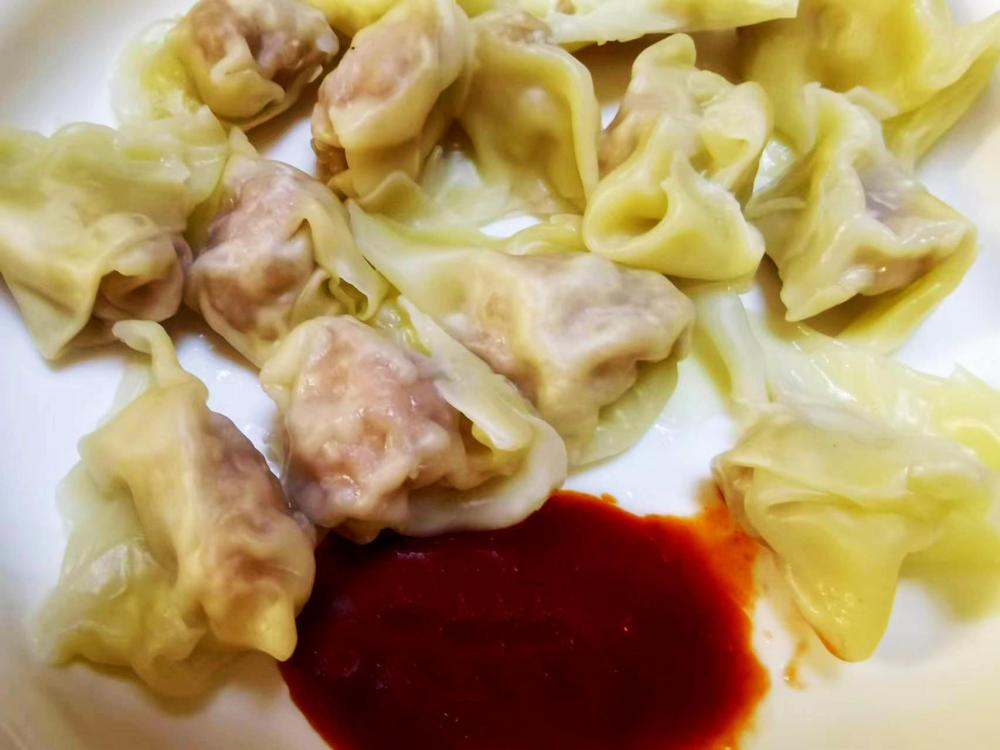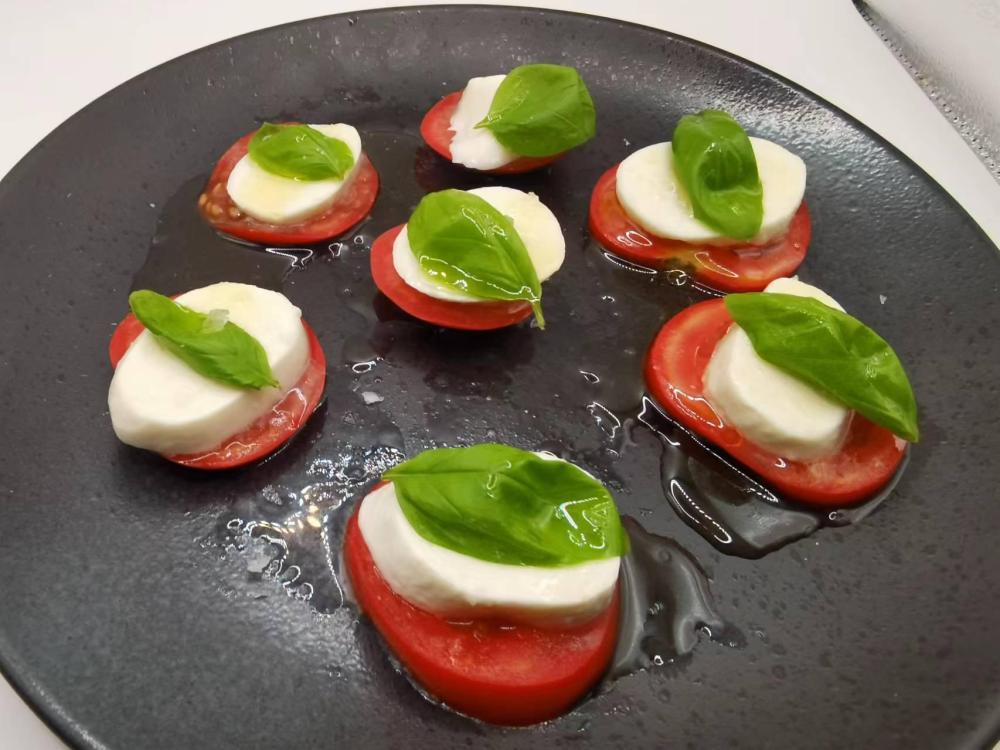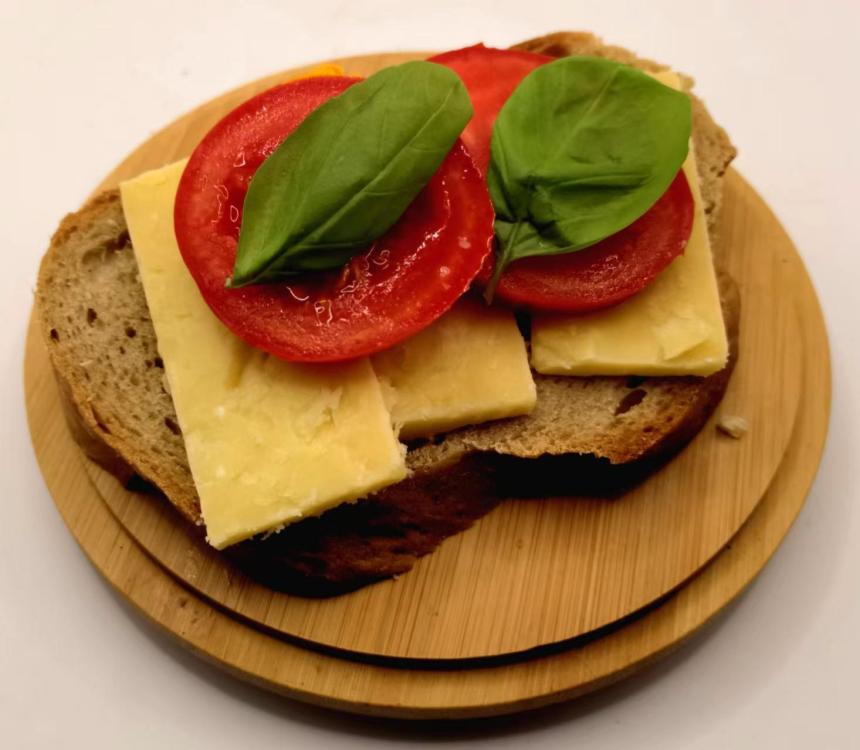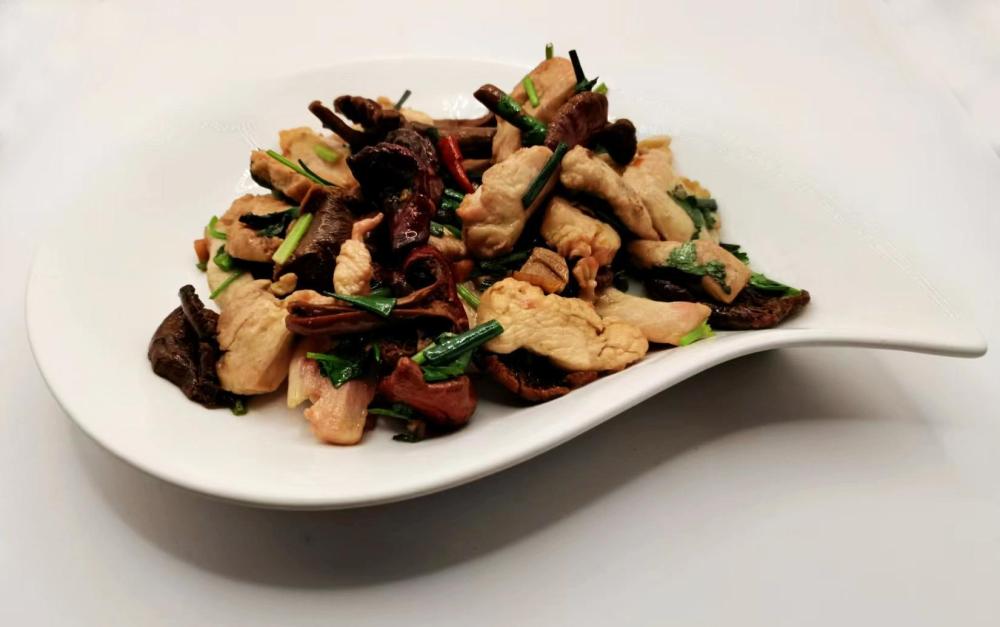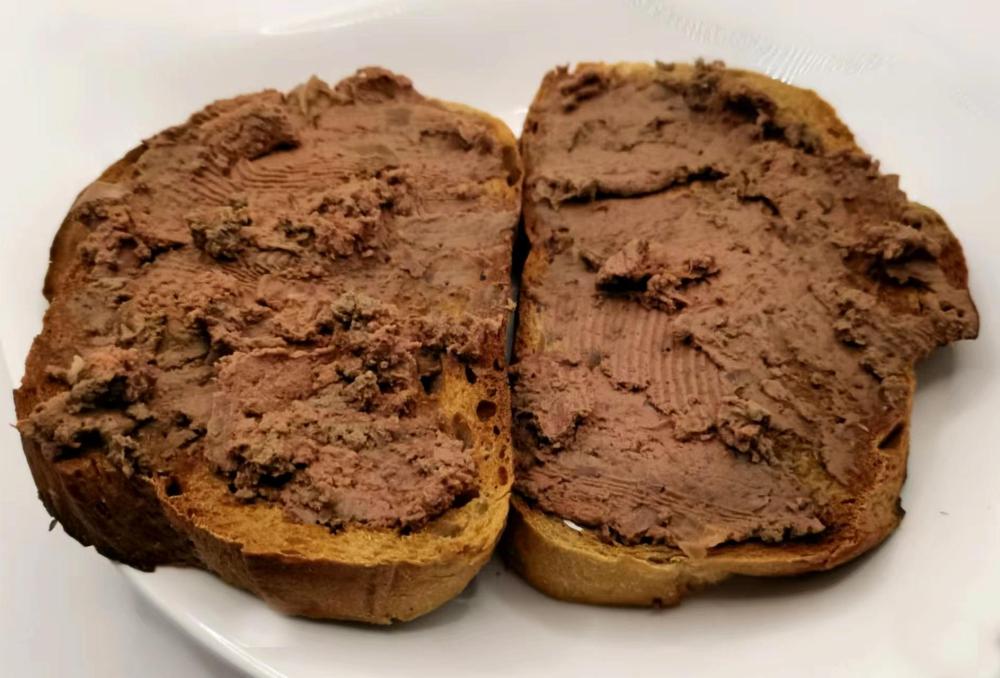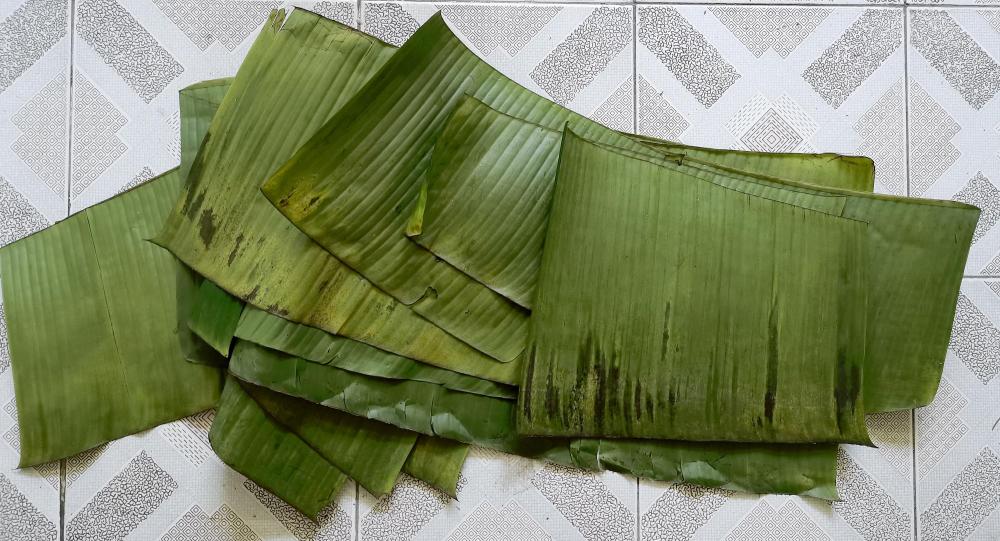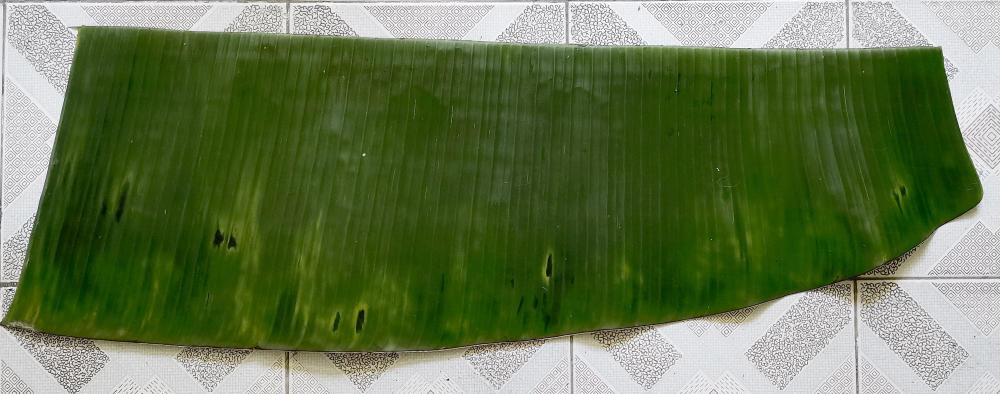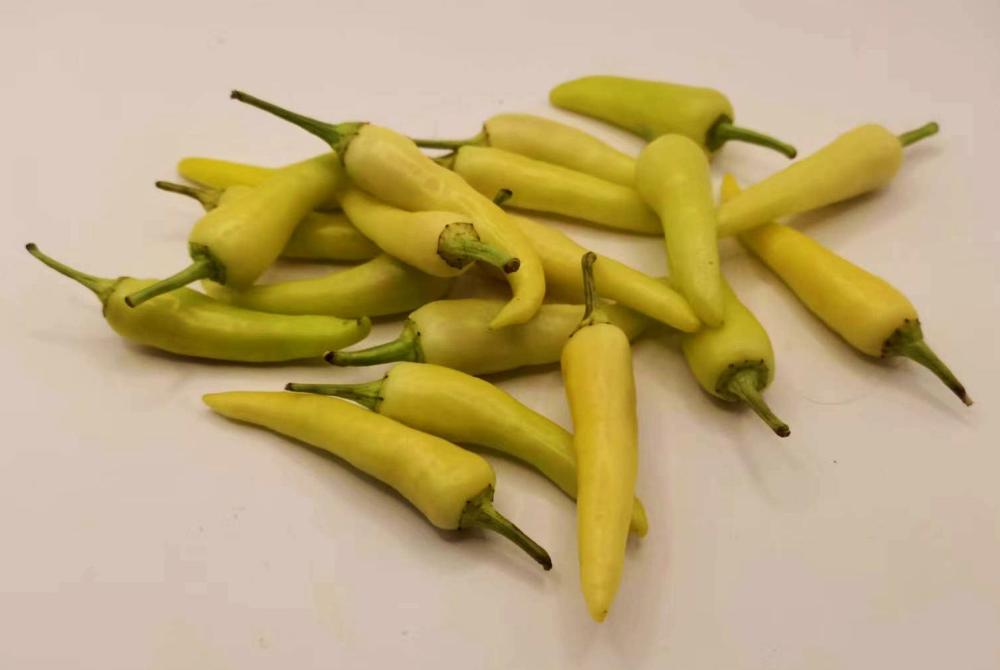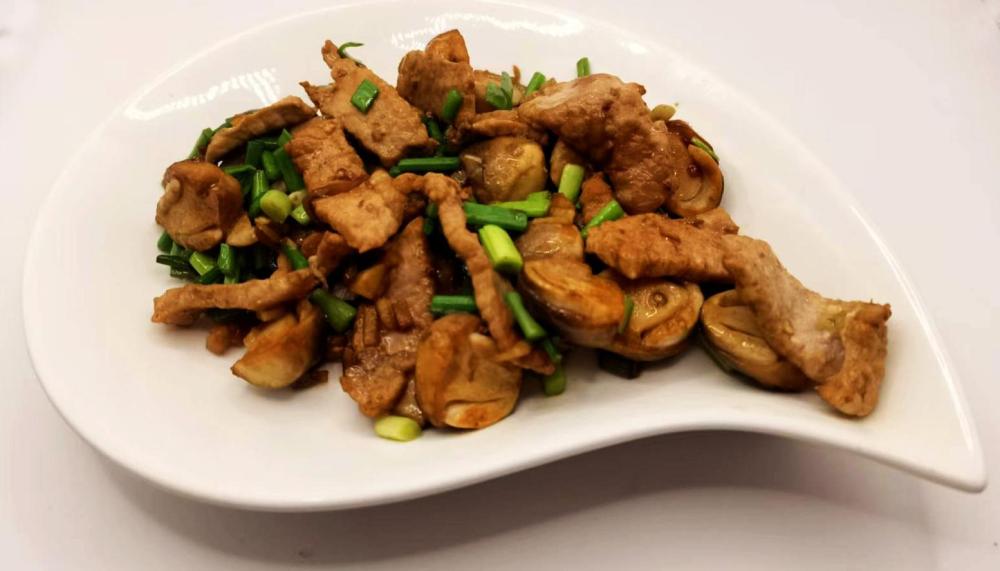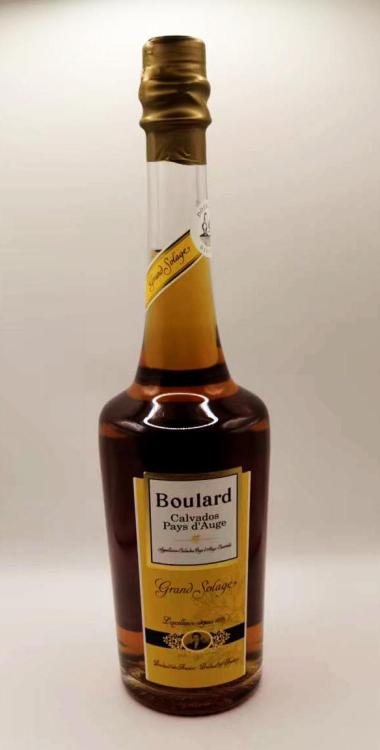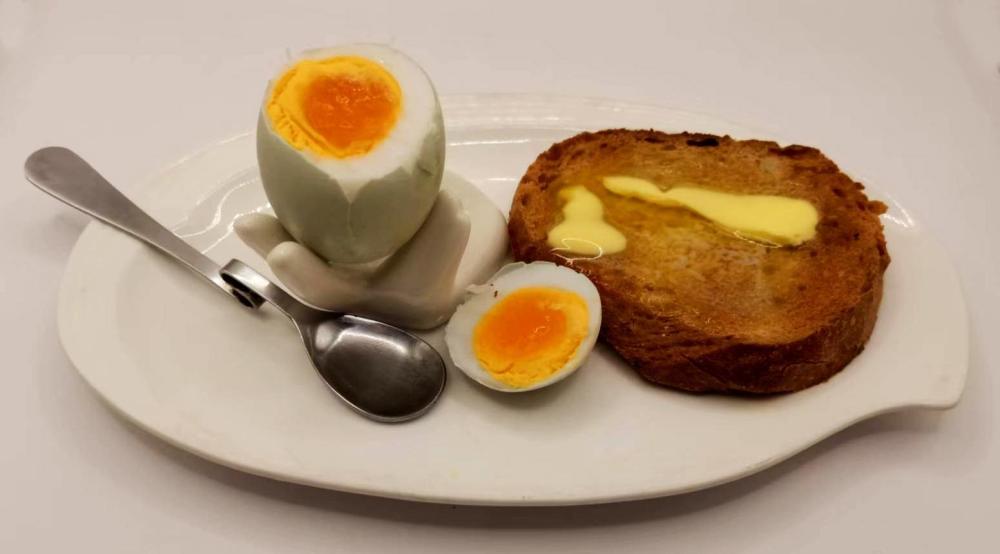-
Posts
16,681 -
Joined
-
Last visited
Content Type
Profiles
Forums
Store
Help Articles
Everything posted by liuzhou
-
No, the list wasn't penned by Norm, as he explains. It was written by someone using the name Grendel Khan.
-
Yes. And Twinkies have been sold in the UK for years. Most supermarkets have them, Damn, I can even buy them in China. Not that I want to! The whole list is seemingly written by someone who never gets out much. Most of the list can be found in the UK, certainly in the larger cities. London has many American eateries selling most of these. I ate Jambalaya for the first time in London in the 1970s. Also, much of the list exists in the UK, but under different names. I remember my mother making what was basically chicken fried steak but she didn't call it that. The very similar Scottish dish seems to be older than chicken fried steak, appearing on menus and in cookbooks earlier thatn any American reference to CFS.
-
-
-
I find it very difficult to believe that anyone from England wouldn't know grilled cheese sandwiches. I'm British have been eating them for about 70 years. They are common. Cobb and Ceasar (sic) salads, too. Meatloaf, although not so common as in the USA, is also well-known.
-
There will be, yes. One of my close friends is a well-known wine and spirits expert in China, hence the invitation. She assures me the majority will be Scotch and other whisky without an 'e'. I've tried whiskey before and it's OK in its place I suppose, wherever that may be. But, they will never let me go home if I do otherwise. With 100s more whisky choices, I'll definitely be concentrating in that direction but after the first 50, I'm not sure it matters! Hic!
-
Yeah. Probably a team effort.
-
Yes. It amused me too which is why I didn't correct it. As I'm sure you realise, it's a mistranslation. Should read 'cocktail garden'.
-
Interesting, balanced take on food waste in the Grauniad today. It's more complicated than it may appear. The scandal of food waste and how we can stop it
-
-
I've been sent some more information on the Macao event this weekend. My bags are packed.
-
From toxic fungus to soy sauce superstar Today the koji mold is a master fermenter, but it has a checkered past
-
Chicken with 红椎菌 (hóng zhuī jūn), red vertabrae mushrooms. Chicken was brined for a couple of hours then sliced and stir fried with the mushrooms garlic, chilli, Chaoshan fish sauce, soy sauce, coriander leaf and Chinese chives. Served with rice.
-
Today, shepherd's pie is nearly always considered to be lamb. Beef would be cottage pie. In the distant past, however, only 'meat' was called for. I don't recall a name for a chicken version. I don't recall a chicken version. There are mentions of shepherdess pie, this being a vegetarian atrocity not fit to grace these forums. That said, I'd happily dig into your pie.
-
-
I don't know. I'm going to a whisky tasting; not a whiskey tasting. 🤣 At whisky tasting we spit, depending on the number to be tasted. 3 or 4 I'd swallow; 300 perhaps not. But seriously, I think spitting denies you an important part of appreciation.
-
Merely doing my patriotic duty!
-
Wow! I have received a VIP invite for an all-expenses paid visit to Macao next weekend for this. Three days of whisky tasting (100 whiskies a day)! Not sure how coherent any reports may be.
-
Wow! Here I pay the equivalent of ₤1 for 50! If my maths is correct, that is 2 pence each. And that includes them being trimmed into near rectangles* and delivery to my door within half an hour. Untrimmed are cheaper. * Which I realise may not be what you want but my usage is different.
-
Here are the 'white-skinned' chillies referred to in my previous post. They are approx 7.5 cm / 3 inches long and I'd say medium hot, although the odd one might shock the unsuspecting..
-
Pork Tenderloin (猪里脊 - zhū lǐ ji), Fresh Straw Mushrooms (草菇 - cǎo gū), “White Skin Chillies* (白皮辣椒 - bái pí là jiāo), Garlic (大蒜 - dà suàn), Garlic Shoots (蒜 苗 - suàn miáo), Flowering Chives (韭菜花 - jiǔ cài huā), Shaoxing Wine (绍兴酒 - shào xīng jiǔ), Soy Sauce (酱油 - jiàng yóu). Served with rice. * So called “white skin chillies are actually pale green.
-
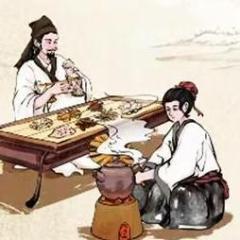
What did you buy at the liquor store today? (2016 - )
liuzhou replied to a topic in Spirits & Cocktails
-


